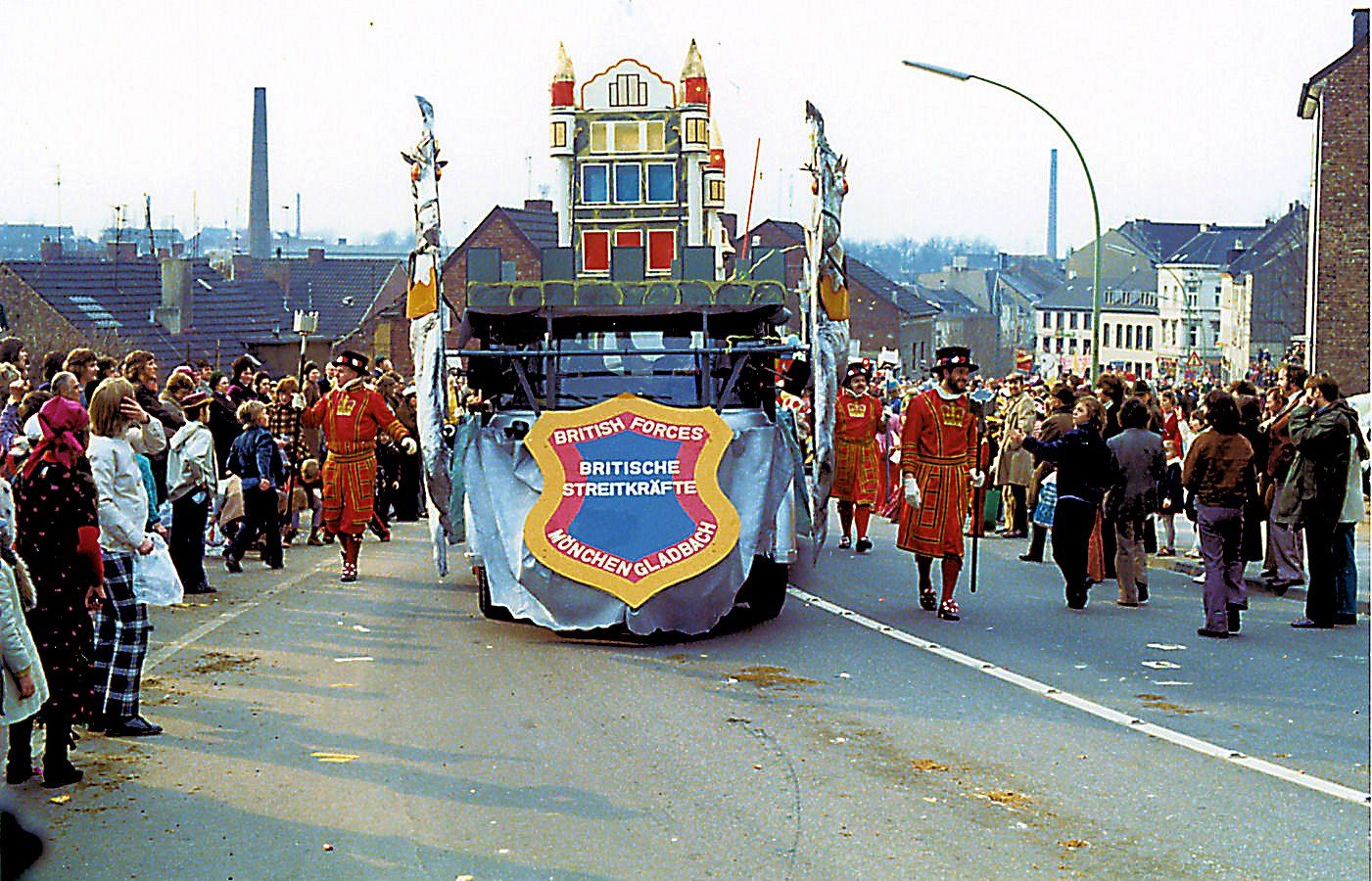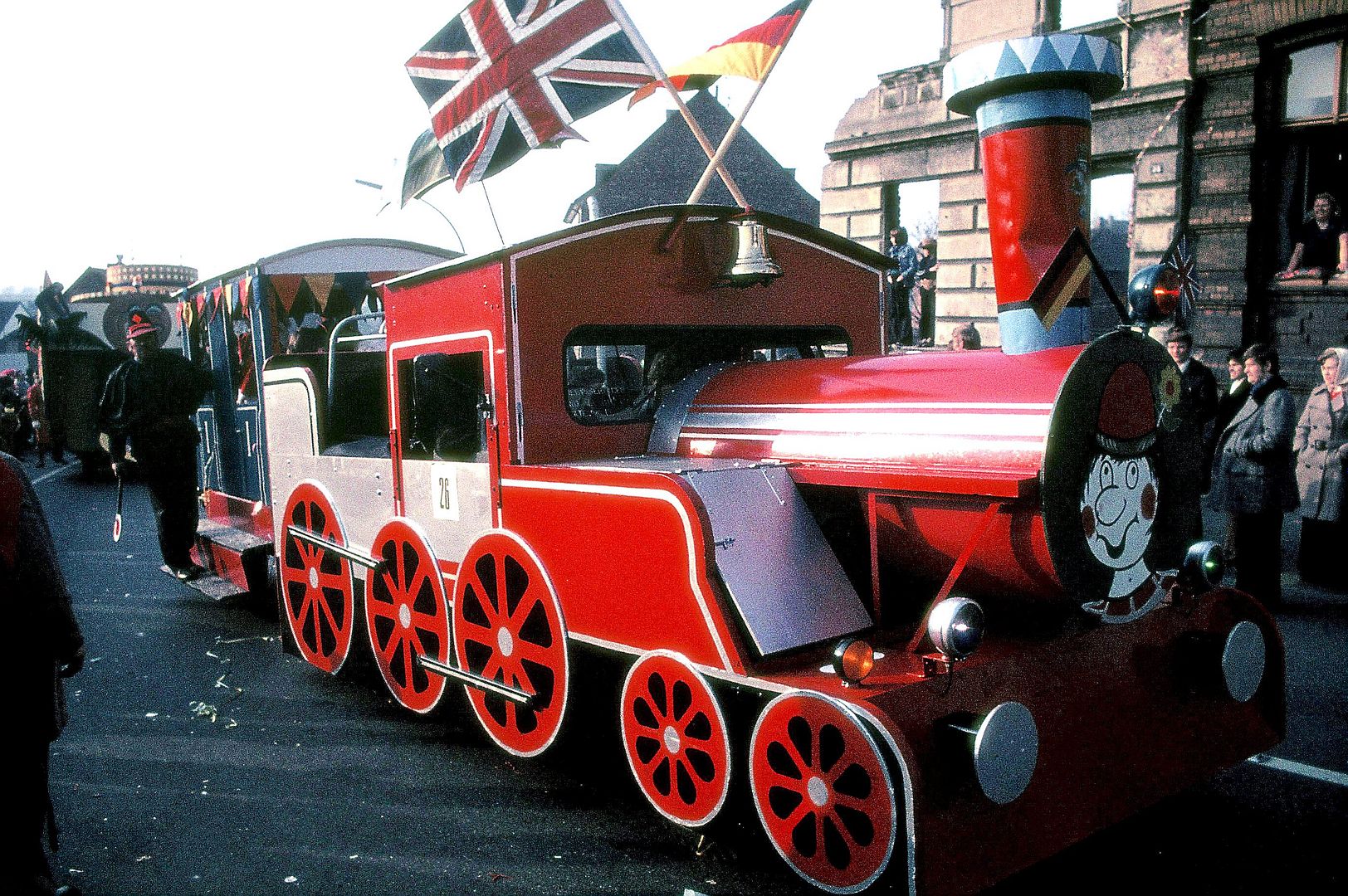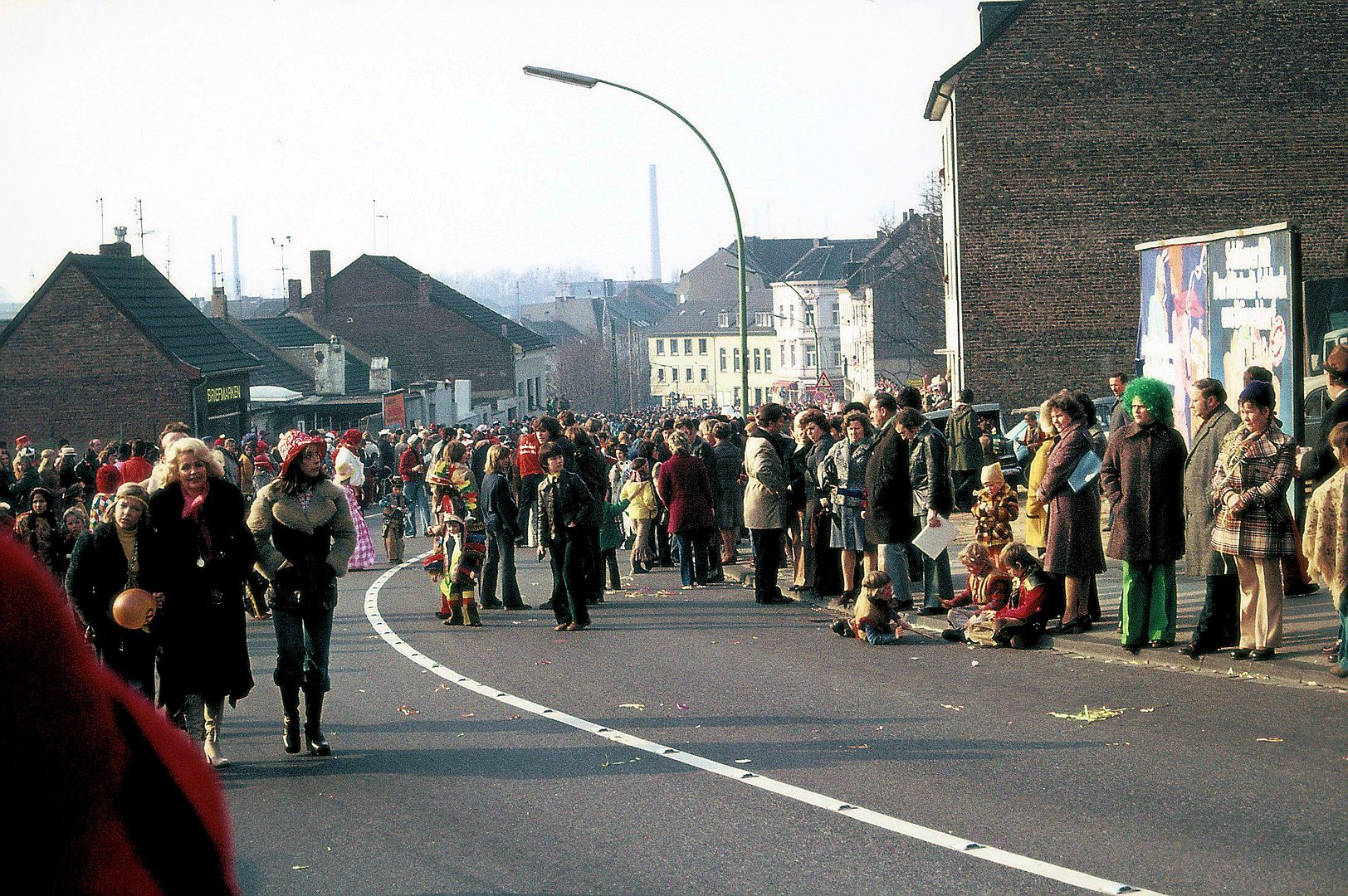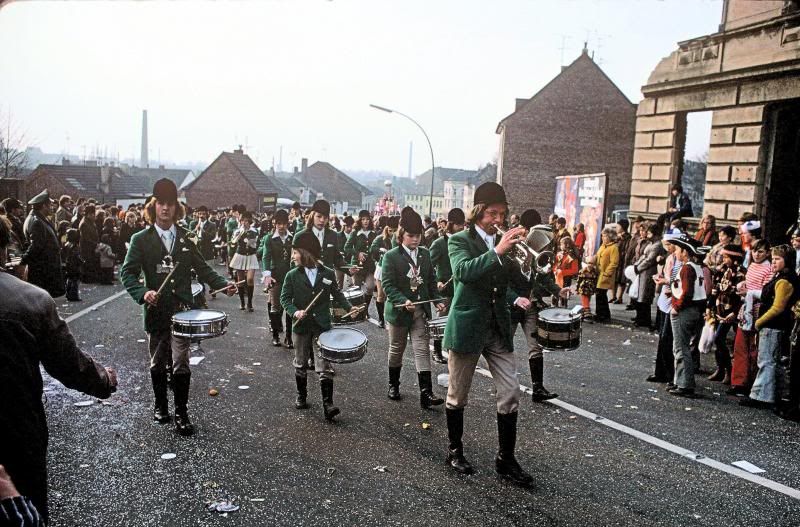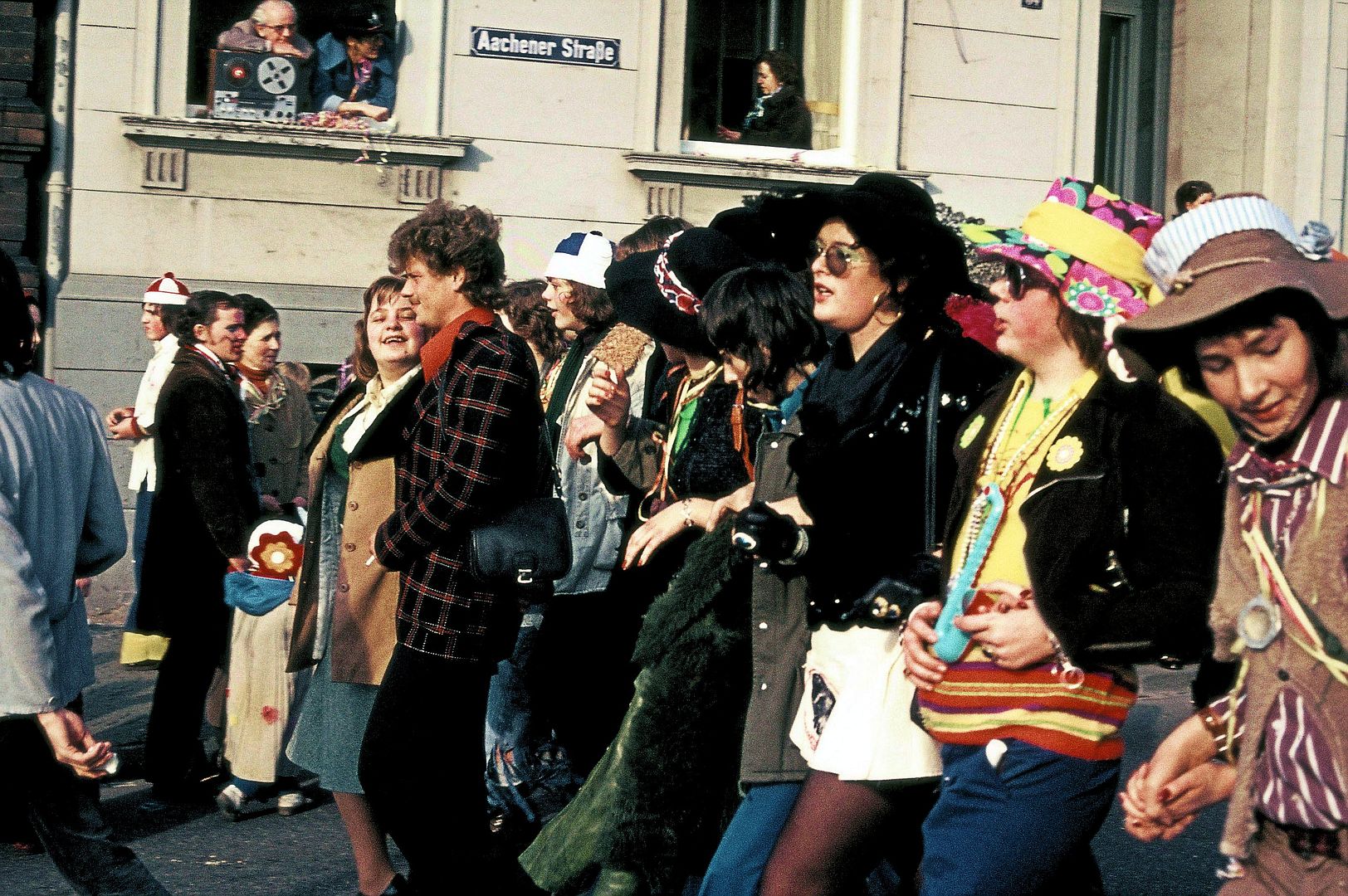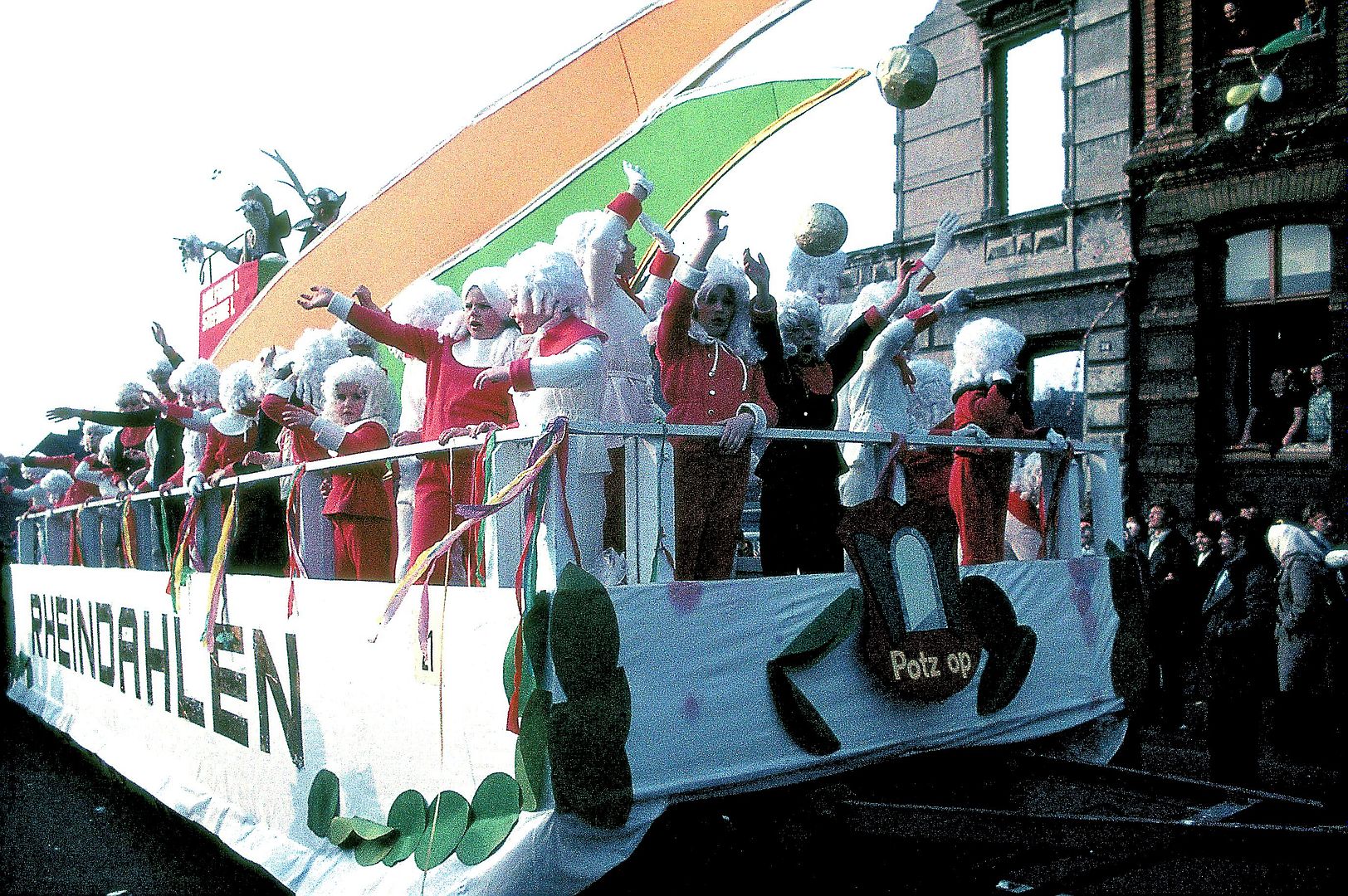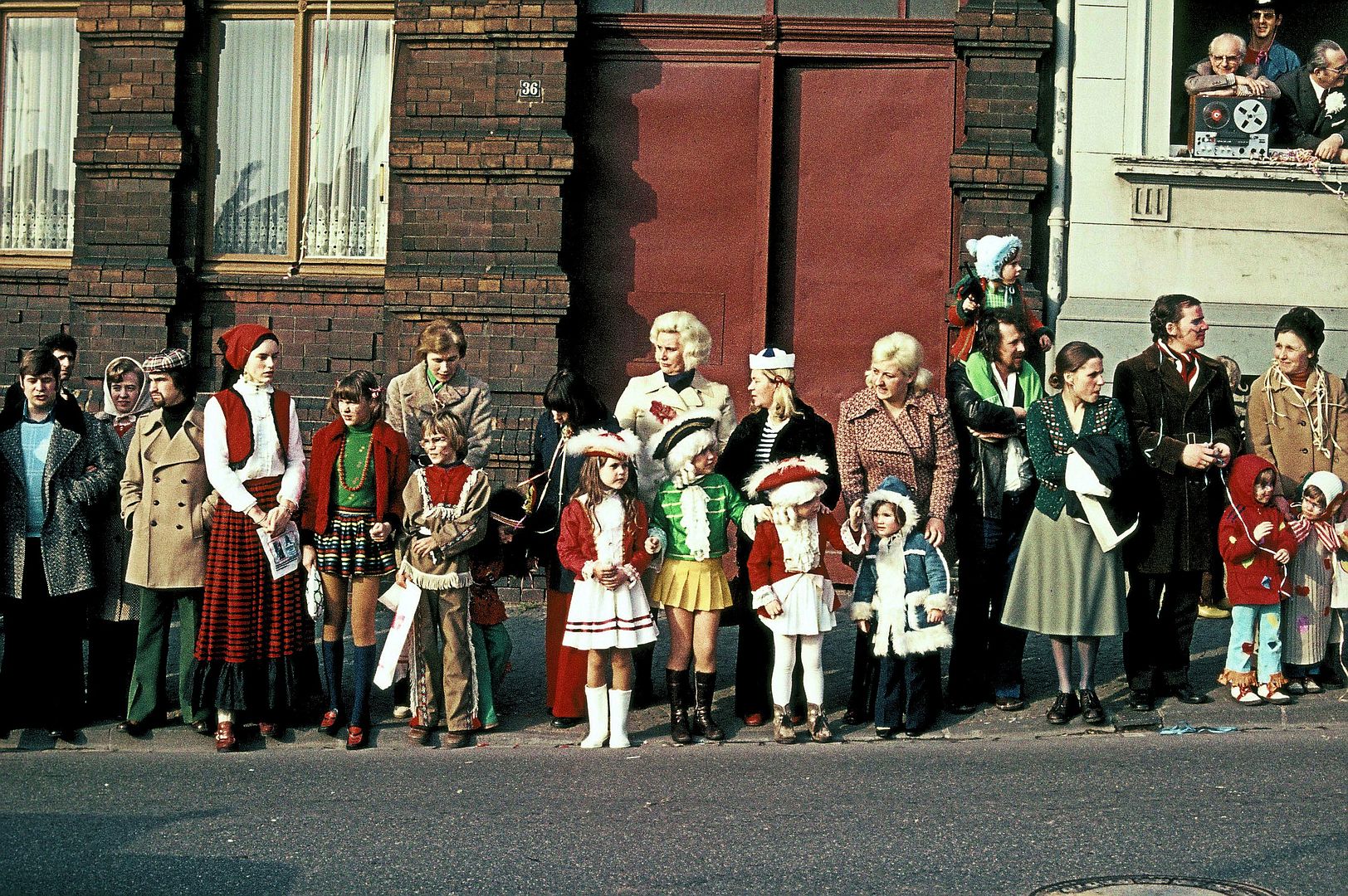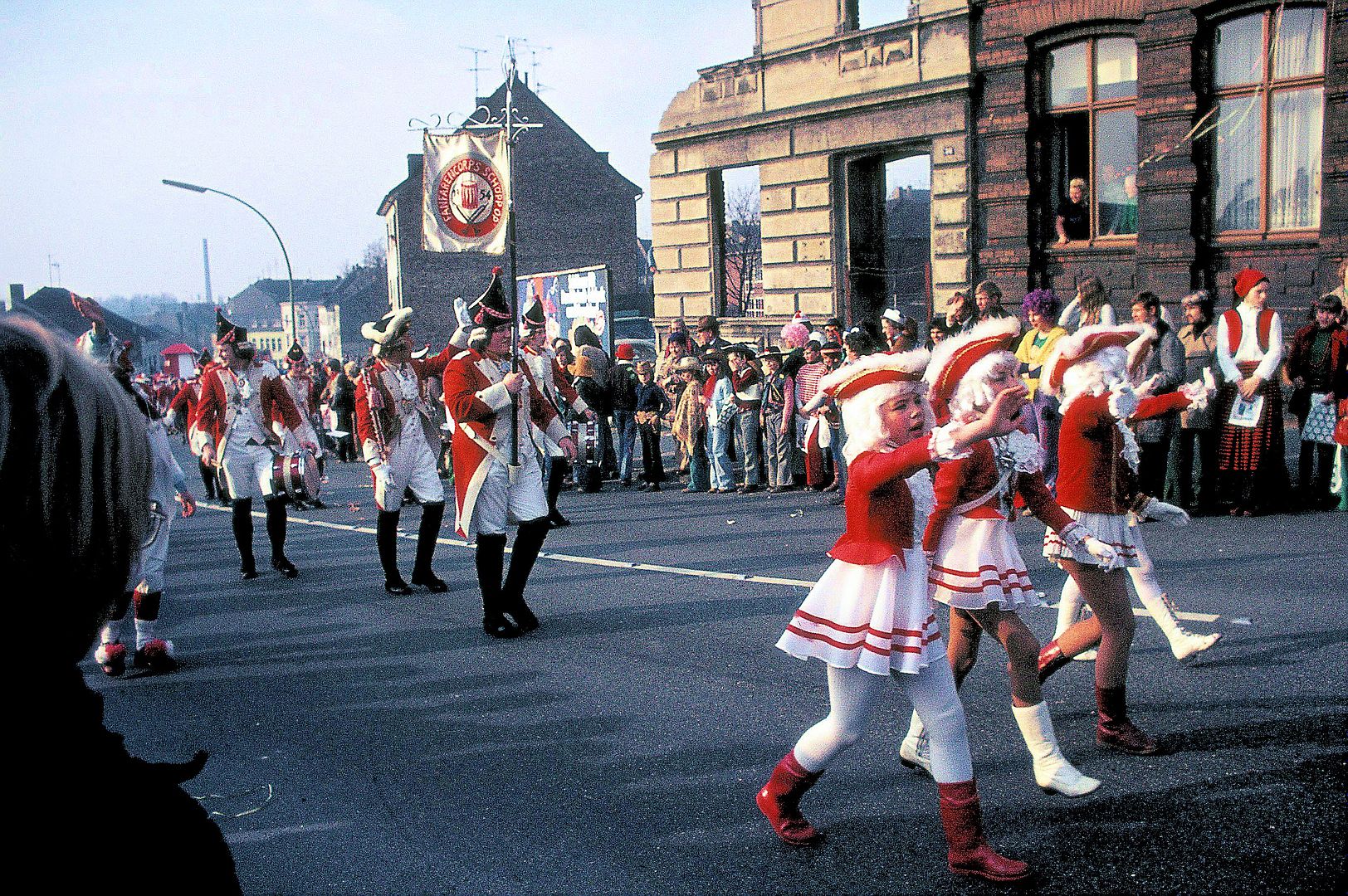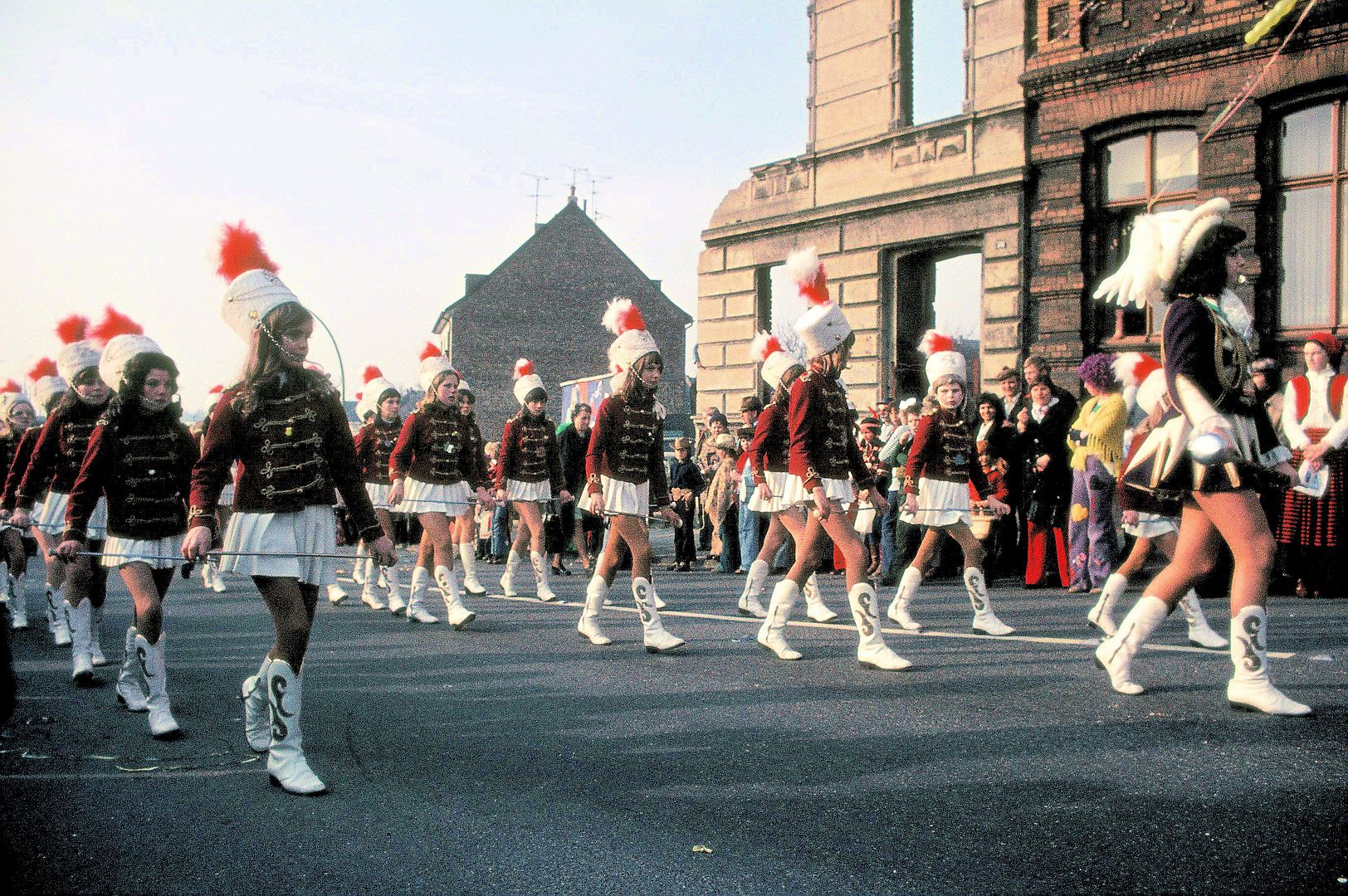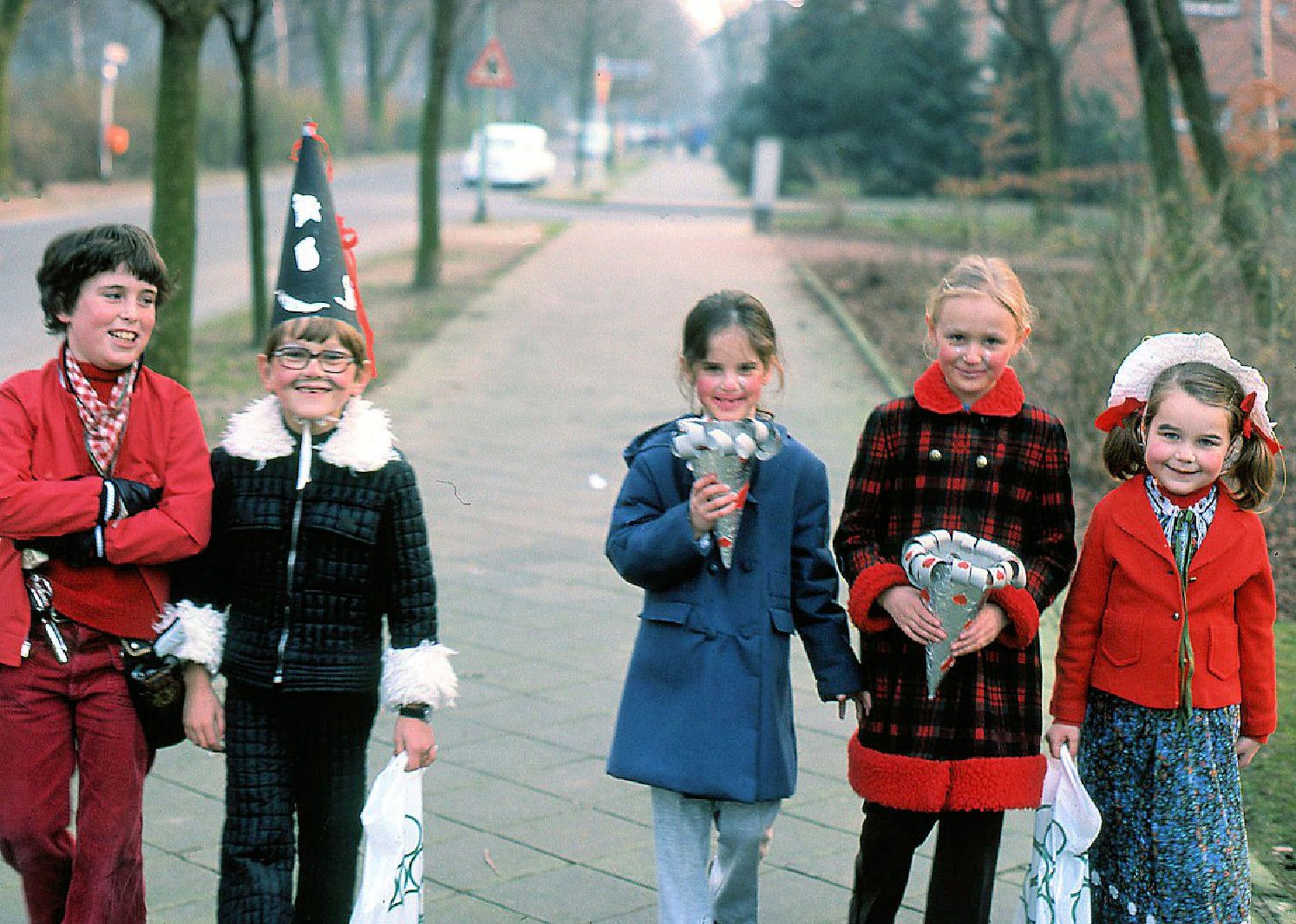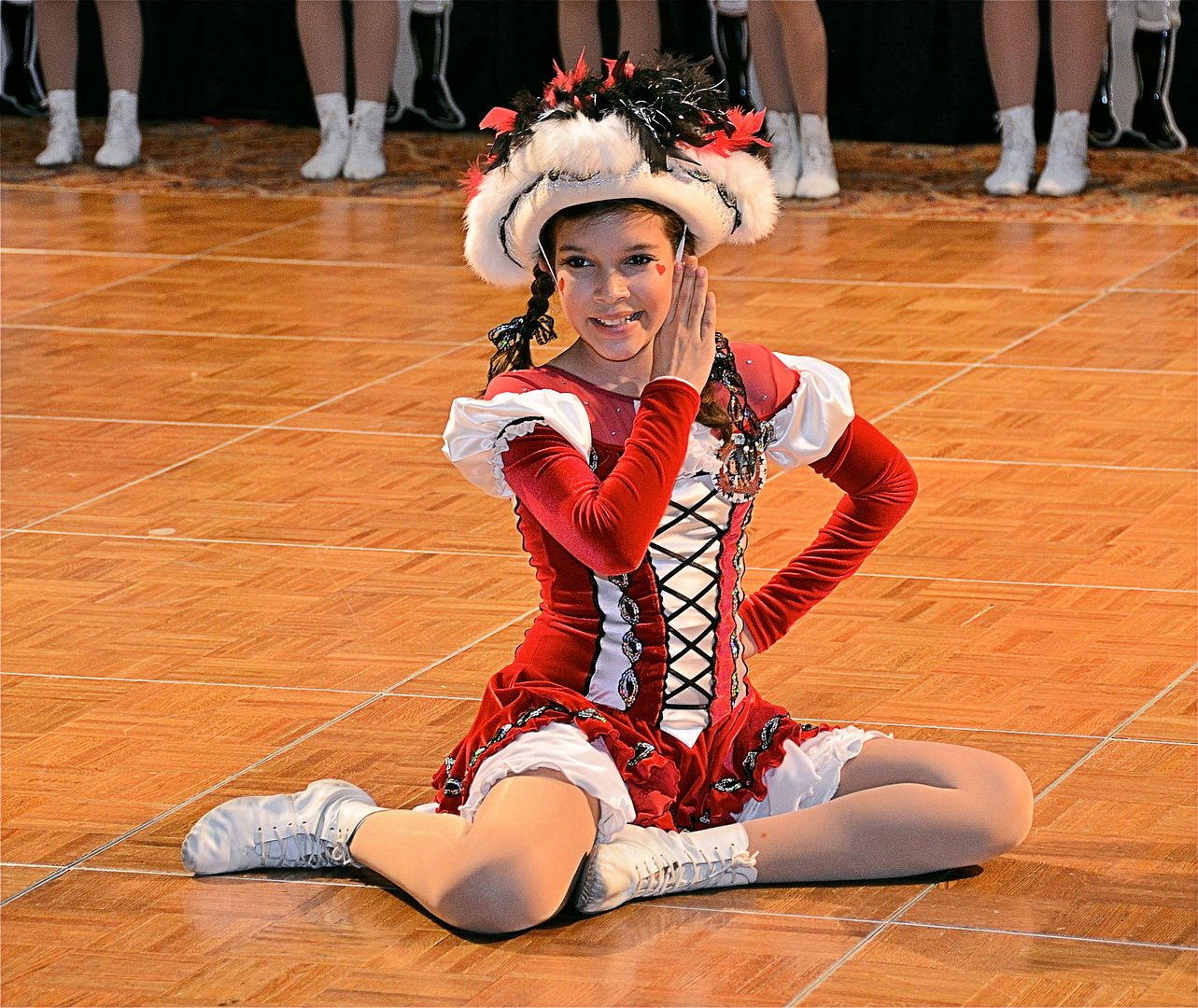Finningley Boy
A bit more for your memories pages
Fasching or Karneval (Carnival)
An abiding memory of service in Germany was
Fasching or
Karneval (Carnival) that made for a refreshing change of mood for what we Brits perceived as the sometimes very serious disposition of many Germans in the towns and cities in the Rhineland and the ones we worked alongside at JHQ.
So the start of Lent is the time when towns in the Rhineland hold their carnival processions. In the big towns or cities such as Cologne or Dusseldorf
Rosenmontag (Rose Monday) is the highlight of the German “
Karneval” (carnival) season and is on the Monday before Ash Wednesday. Celebrations become quieter the next day, known as
Veilchendienstag (“Violet Tuesday”, (Shrove Tuesday), and end on “
Aschermittwoch” (Ash Wednesday). Monchengladbach’s carnival procession was titled
Veilchendienstagszug (Violet Tuesday Train) and traditionally takes place on the Tuesday. JHQ some other units in the area treated the day as a holiday so we all had the day off, which was ideal as BFES schools in the area were closed too so the kids had the day off as well and were keen to participate in the celebrations.
Traditionally, as I recorded alongside the photos in my photo album, the 1973 carnival procession consisted of 80 floats, 30 marching bands, and 24 dance troupes. I took my kids and a couple of neighbours kids from our MG married quarter patch to enjoy the procession – forewarned that kids should have bags to catch the sweets (
Kamelle) thrown from the carnival floats into the crowds lining the streets among cries of “
Helau” or
“Alaaf”. The kids were not disappointed and came back well laden. Mum was also rewarded because flowers (tulips) were thrown into the crowd too. As seen the kids were dressed and made up to blend in with the German crowd.
Many girls in the parade “
Tanzmariechen” or “
Funkenmariechen” (marching girls) wear a very fetching uniform styled outfit. This consists of a very short skirt copied from 18th Century designs. Originally worn as jacket and trousers the trousers evolved into a short dress with a pleated skirt and very frilly knickers (to maintain their modesty as they “high-kicked” their way through town). A wig with braided pigtails was worn and on top of that a Tricorn hat. White boots finished off the outfit.
Many of the dancers (“fools”) perform energetic dances emulating St Vitus, whose name is given to the Monastery after which Mönchengladbach is named. The Monastery of St. Vitus is a large Roman Catholic Church / Abbey set high on a hill overlooking the town. The
Karneval traditionally has floats of “fools” or troops of dancers who emulate St Vitus in their mad dancing. According to legend, if suffering from various ailments one would say a prayer to the early Christian martyr St Vitus, and your prayer would be answered. St Vitus is reputed to have miraculous healing powers especially for those suffering from seizures, epilepsy, rabies, Sydenham’s chorea (St Vitus Dance), bedwetting, and snakebite, he is also said to protect against lightning strikes, animal attacks and oversleeping! To add to his attributes he is the patron saint of pharmacists, innkeepers, brewers, wine makers, coppersmiths, dancers and actors.
As for military participation in the procession JHQ Rheindahlen was represented by a float as was 79 Sqn Royal Corps of Transport based at Ayrshire barracks in Moenchengladbach. 79 Sqn RCT was responsible for administering the various military ambulance trains positioned in sidings at R.A.F. Wildenrath and in Moenchengladbach. In addition 79 Sqn RCT was also responsible for overall control of the British Military Train “The Berliner” that ran through the Soviet Zone to Berlin. The RCT “float” was appropriately in the form of a locomotive sporting a Union Jack.
Carnival preparations traditionally begin in November with the election of officials etc. to run the carnival. The carnival celebrations proper kick off just before Lent with the “Women’s Carnival” on the Thursday of the week before Ash Wednesday. This is a special day for women called “
Altweiber” (Old Women) or “
Weiberfastnacht” (Women’s Day). On this day women are allowed to kiss any man they like as long as they cut off his tie beforehand (Tip: Beware any mad-looking women wielding a pair of scissors!) unless of course you fancy the lady in question in which case wear a very old tie!
German friends tell me that nowadays
Weiberfastnacht has morphed into a more modern form as an excuse for the women to go out by themselves for a girl’s only night out, leaving the kids at home with their men.
Enjoy these memories as recorded by me in 1973.
